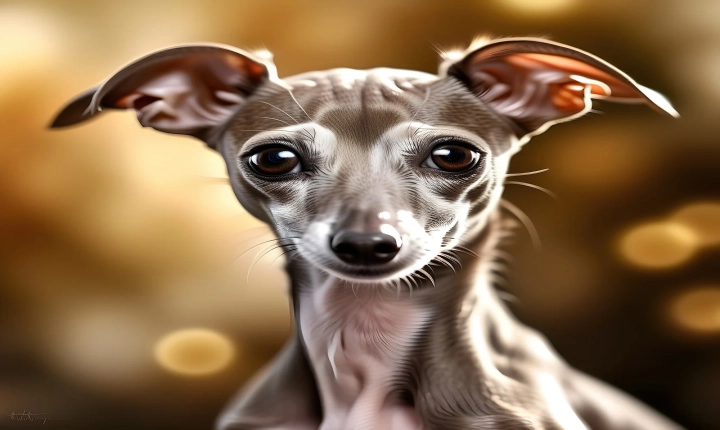Generative AI art, also known as computational art, is a relatively new and emerging form of artistic expression. It employs algorithms and mathematical models to create visual artworks, music, and other forms of creativity. With the advancement of machine learning and deep learning techniques, generative AI art has become increasingly sophisticated and has garnered attention from both the art and technology worlds.
The process of generative AI art involves the use of machine learning models, particularly generative adversarial networks (GANs) and variational autoencoders (VAEs). These models are trained on vast amounts of data, such as images, music, or text, to learn patterns and structures. Once the model has been trained, it can generate new, original content by extrapolating from the patterns it has learned.
In the context of visual art, a GAN, for example, consists of two neural networks: a generator and a discriminator. The generator creates new images, while the discriminator evaluates these images to determine whether they are real or generated. Through an iterative training process, the generator learns to create increasingly realistic images, while the discriminator becomes more adept at identifying generated content.
To create a piece of generative AI art, an artist typically starts by training a machine learning model on a dataset of relevant artworks or visual elements. The trained model can then be used to generate new images based on the learned patterns and styles. The artist can also interact with the model, providing input and feedback to guide the generation process.
Generative AI art can produce stunning and thought-provoking visuals, often with an otherworldly and surreal quality. The artworks can range from abstract compositions to realistic renderings, depending on the training data and the parameters used to guide the generation process. The ability of generative AI to produce new, unexpected content can challenge traditional notions of authorship and creativity, blurring the lines between human and machine-generated art.
In music, generative AI operates on similar principles, using neural networks to learn musical patterns and structures from a training dataset. Once trained, the model can generate new musical compositions, imitating the style of the training data or creating entirely novel sounds and melodies. This has led to the production of AI-generated music that is indistinguishable from compositions made by human musicians.
While generative AI art has garnered much attention for its innovative approach to creativity, it also raises important questions and challenges. One of the key debates revolves around the role of the human artist in the creative process. Can generative AI art truly be considered as the work of the artist who trained the model, or does credit belong to the machine learning algorithm itself? These questions prompt us to rethink our understanding of authorship, creativity, and the nature of artistic expression.
Furthermore, the ethical implications of generative AI art are worth considering. As AI becomes increasingly proficient at generating artwork, questions about authenticity, ownership, and copyright arise. Additionally, the potential for bias in the training data and algorithms raises concerns about the social and cultural impact of AI-generated content.
Despite these challenges, generative AI art opens up new possibilities for artistic expression and collaboration between humans and machines. It offers a platform for exploring the boundaries of creativity and pushing the envelope of what is possible in the realm of art. As the technology continues to evolve, generative AI art is likely to continue shaping the artistic landscape and sparking meaningful conversations about the intersection of art and technology.
